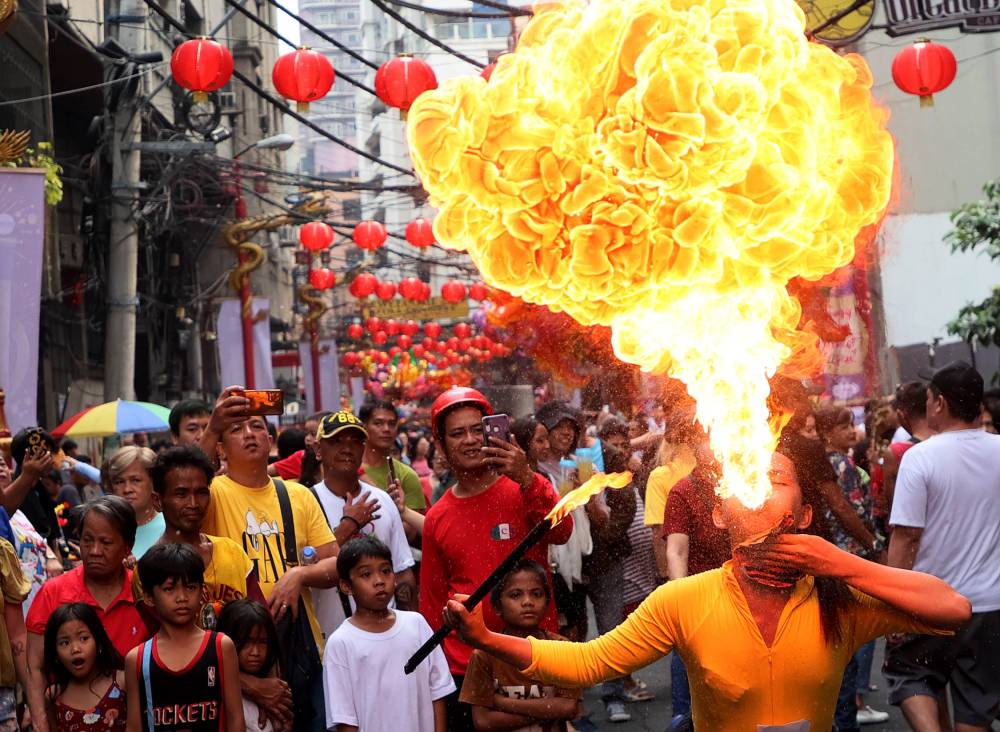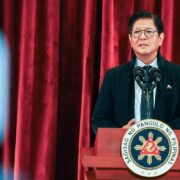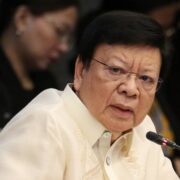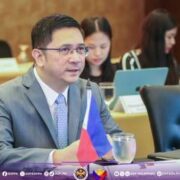The Chinoy integration in Philippine society

Never lose your trust in the Chinoys. They are Filipinos. They will never turn their back on the country of their birth and growth, which is the Philippines. In many instances, their patriotism is beyond any question of doubt.
Chinoy is the shortened form of “Chinong Pinoy,” which refers for the local Chinese mestizos. They have shown their complete support to resist China’s persistent but misplaced claim of sovereignty over the West Philippine Sea (WPS).
The Chinoys’ loyalty and patriotism has been raised, as President Marcos declared that the Philippines has territorial sovereignty in the part of the South China Sea (SCS), known as the WPS. He confirmed the country’s assertion of “our rights and interests in the same fair and pacific way that we have always done.”
Marcos said the Philippines would “find ways to de-escalate tensions in contested areas … without compromising our position and our principles.” He added: “The Philippines cannot yield. The Philippines cannot waver.” He thundered: “The West Philippine Sea … is ours.”
Chinoys, as they prefer to call themselves, are well integrated in the Philippines. Ours is a story of successful integration of the Chinese migrants and their offsprings into mainstream society. Discussions of Philippine society are not complete without any mention of their contributions.
Chinoys did big roles in the development of the Filipino middle class during the Spanish colonial rule, agitated for reforms in the 1896 Revolution, and gave inputs in the creation of a modern-day concept of Filipino identity. As Filipinos, Chinoys are never comfortable to be called “wa qiaos,” or overseas Chinese, who have residual loyalty to China. Like any other Filipinos, they believe the WPS is ours and dislike China’s posture that it is subject to conflicting claims.
Former senator Nikki Coseteng sets the tone to reaffirm the Chinoys’ commitment to the Philippines, when she raised this rhetorical question on her Meta account: “Are we not all … Chinese?” Her remark sounded quite sweeping or somewhat overstretched, but it has basis though.
Amid the rising geopolitical tensions between the Philippines and China and the Filipinos’ rising nationalistic fervor over WPS, Coseteng called for peace and unity among Filipinos of various ethnicities, beliefs, and political persuasions on the WPS issue, saying national unity is most crucial at this stage of China’s encroachment and unjustified claim of sovereignty over WPS.
Chinese integration into mainstream Filipino society did not occur overnight. It started before the precolonial days, but emerged during the Spanish colonial rule. Chinese migrants came to the Philippines to escape the civil strifes in China and gained in the profitable galleon trade between the Philippines and Mexico, which were both Spanish colonies.
Chinese men went to our shores spurred by a combined spirit of survival and adventure, cut off their pigtails, converted into Roman Catholicism, married native women, leading new lives to give rise to Chinese mestizos as a class in Philippine society.
Massacres of Chinese migrants happened, but this was ordered by the Spanish colonial rulers, who were afraid that the Chinoys would become the nexus of insurrection against them. The indios, the term for native Filipinos during the Spanish colonial rule, were never against them.
They engaged in trade to emerge as a main factor in the country’s economic development. As an economic class, the Chinoys metamorphosed to become a vital cog in the emergence of the Ilustrado class in the 19th century. When the 1896 Revolution against Spanish occurred, the Chinoys sided with the Indios. The Chinoys were among the ilustrados.
Over the years, the Chinoys’ presence could be seen in various facets of Philippine society. They have become entrepreneurs, academics, professionals, politicians, religious leaders, civil society leaders, among others. A Philippines without the Chinoys is unimaginable.
Coseteng, herself a Chinoy, opposed China’s claim of sovereignty over the WPS, saying the Chinoy’s firm stance against conflict resonates deeply. She said: “Chinese- Filipinos have long been part of the social fabric of the Philippines, contributing to its culture, economy, and progress. We share the same dreams and aspirations as every other Filipino, seeking peace and prosperity for our nation.”
Her words: “Chinese Filipinos are Filipinos at heart. Our loyalty and love for the Philippines run deep. We cherish the harmony and unity that define our nation, and we firmly believe that peaceful dialogue and cooperation are the paths to resolving any disputes. Let us work together to ensure a future free from the shadows of war.”
She warned of escalating xenophobia and violence: “We don’t want Filipinos fighting against Filipinos. It happened in other countries. Individuals who look like Chinese are killed, harassed, and bullied.”
The recent history of anti-Chinese sentiment in countries like Indonesia and Myanmar, where individuals were targeted based on their appearance, serves as a grim reminder of the potential human cost of such conflicts, she said.

















